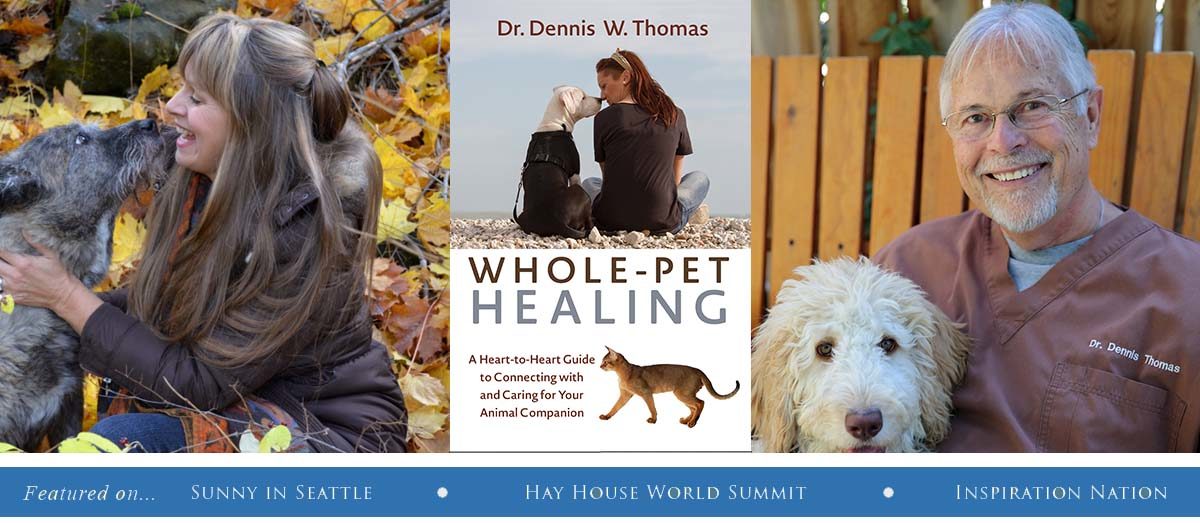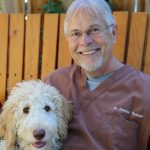Here in the US, we are really into trends. All you have to do is look around, watch the television ads and peruse FaceBook to see what is the latest trend. In health care, the trend is holistic health care, also known as functional and natural medicine. There is nothing wrong with this trend as it is certainly moving us towards a better health care system, but in the whirlwind of a trend, we often miss the intention that should be behind the trend. Even, conventional medicine is taking note of the trend and is beginning to open up to a few more natural remedies.
I remember last summer when I was driving along the highway, I noticed a panel van next to me that had a sign on the side of it that said, Holistic Exterminators. Now, if that isn’t an oxymoron. Obviously, the company was capitalizing on the trend toward a more natural approach to exterminating. I couldn’t help wonder if they had a Pied Piper that would lure the bugs out into the field by playing a melodious tune on a flute.
What really is holistic health care? The sooner we know the truth, the quicker we are going to start healing instead of treating. The word holistic, comes from the Greek word, Holo, meaning that some thing is more than the sum of the parts. You can’t help notice how similar the word holo is to holy can you?
It is pretty obvious that your pet is more than the sum of its parts. There are parts of your pet that we can see, feel, touch, hear, smell, etc. We know that there are bones and muscles, guts and heart, blood and other fluids. We might even understand that these part are made of cells and those cells are made of molecules. All parts.
Have you considered that those things that the pet (and ourselves) rely on to survive could be considered as part of the “whole” of the individual? If so, then we would have to start including air, water, food, shelter as part of the individual. Keep going and you can start to include lots and lots of things that are all participating in order for your pet to be something. This includes you. Can you take this mindset and see how you are part of your pet and your pet is part of you?
We also know that there is something more that we can’t explain. We can only sense. It doesn’t take much to sense this. Just take a few moments and look into your pet’s eyes. For a few seconds, your mind will go quiet and you will sense a presence that resonates with you at a level that you cannot understand. This is the energetic component of ourselves and our pets and the interconnection of that loving energy.
So, how do we apply holism to health care, and we must if we are to start healing instead of treating? This is where there is some bumps being created during this very slow transition.
How many times do we need to hear about how the pet food companies are killing our pets? How many times do we need to hear that some vets are over-vaccinating our pets causing harm to the immune system, often leading to diseases? How many times do we have a holistic vet telling us how we can keep our pet from getting cancer by following his or her guidelines? There is absolutely nothing wrong with telling the truth about old myths and distortions, but in time they run out of new ideas. The reason this happens is why this is not a holistic approach to health care.
Then, what is a holistic approach to health care? It is simply approaching health care with a balanced mind. In medicine, this is a simplistic definition that crumbles the foundation of conventional medicine. Conventional medicine, both human and veterinary, is steeped in science. Not only is it steeped in science but it defines itself as a scientifically-proven approach.
What do we really know about science? Most scientists will even tell you that all science, in time, will be disproved. They start out with a hypothesis, spend years trying to prove that it is a scientific fact and it gets so old and worn out, that most people assume that it is a fact. That is, until some scientist comes along and disproves the hypothesis. Conventional medicine is no exception.
How does this happen and why is it keeping health care in a static state where people have to tell the same old story year after year? It starts with education. Doctors, both human and vets, walk into an education system that is solely based on a particular science. For ease in discussing this, let’s refer back to the left brain, right brain description even though we know now that this is not how the brain is configured.
The scientific approach that clinicians are taught from day one is solely based on left brain thinking. The left brain (reasoning mind or intellectual mind) focuses on linear thinking and cause and effect. It is the science of form, also known as Newtonian science. When this thought process controls action, it comes in the form of a reductionist approach. It want to take a look at something by breaking it down into smaller parts, looking closely at them and then break those parts down and look at them and so on. The idea is to try to understand the thing by knowing all of its parts.
This is why conventional medicine has become so specialized. When I got out of vet school close to forty years ago, the specialist consisted of internal medicine, neurologist, dermatologist, etc. Now, especially in human medicine, they have specialist that only focus on parts of the kidney and so on. This approach is always focused on tinkering with the parts. That’s ok if you are working on an automobile, but it is not going to get you very far in the true understanding of how the body works.
The fledgling clinician gets out of medical or veterinary school conditioned in left brain thinking and takes it into their practice. Every patient is approached from this imbalanced perspective continuing to condition the clinician’s mind until there is are deep neural pathways that have been created. In time, the mind becomes on auto pilot.
Remember when you learned how to drive a car? Initially, you were focused on everything you did; accelerate, brake, turn signal, look in rear view mirror, watch out for other vehicles. Now, you drive down the road talking to your best friend while drinking a cup of latte. Very little thought is given to your driving. This is what happens with linear thinking. It becomes conditioned and stagnant. It serves its purpose with driving and taking a shower but it certainly doesn’t serve our patients with health care issues.
Daniel Pink, the author of a book title, A Whole New Mind, referenced several studies done at medical facilities to determine how this affected the doctor-patient relationship. Research determined that when the doctor started asking the patient pertinent history about the health problem, his/her mind focused on the patient’s answers for about 20 seconds. After that time, the doctor’s automatic mind had shifted its attention away from the patient and begun to develop a plan to solve the problem (make a diagnosis). Not only was he no longer listening, he actually could no longer hear the patient. This goes happens the same with your vet, unless he or she has found a way to break away from the old conditioned mind’s patterns of reasoning and deductions.
Next time, I will discuss the right brain approach to health care and why it is critical for the doctor’s mind to be balanced if there is going to be any hope for healing.

